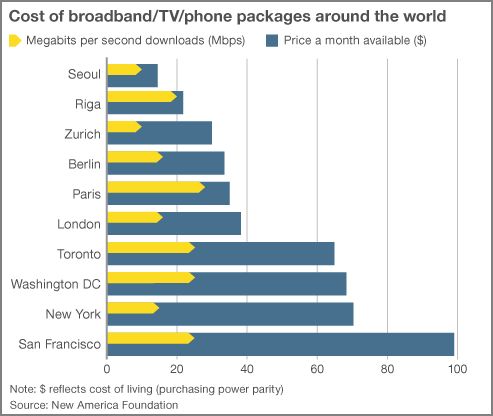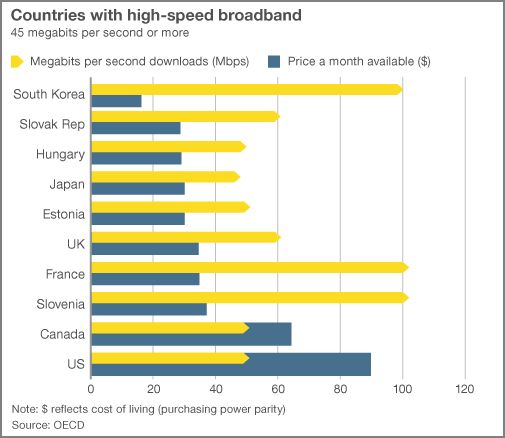Digital Divide Hinders Access For Low-Income Families
 Following up on my discussion last week to get the presidential candidates to pay more attention to STEM policy, I would hope the next president will also focus some energy on the digital divide, especially among our low-income young people.
Following up on my discussion last week to get the presidential candidates to pay more attention to STEM policy, I would hope the next president will also focus some energy on the digital divide, especially among our low-income young people.
A new research report – “Opportunity for All? Technology and Learning in Lower-Income Families” – released by the Joan Ganz Cooney Center at Sesame Workshop, a nonprofit research organization focused on children and digital media, shows that low-income American families still don’t have consistent and adequate access to the Internet at home. Although most Americans of all economic backgrounds have near universal online access through their mobile devices, there are limitations in use and service.
“Not all connectivity is created equal, and not all devices provide the same kinds of online experiences,” the report reads. “Many families face limitations in the form of service cutoffs, slow service, older technology, or difficulty using equipment because too many people are sharing devices.”
Also, you can’t exactly write a book report on a mobile phone. Technology plays a critical role in education today, from researching a subject to communicating with teachers and other students online. This digital divide not only affects a student’s ability to participate in class work but also to make social and economic advances in adulthood. Not being able to get online can literally set you back in many ways today. More and more colleges and employers require potential students and employees respectively to apply online.
Here are some other key findings:
- Families headed by Hispanic immigrants are less connected than other low- and moderate-income families. One in ten immigrant Hispanic families has no Internet access at all, compared with 7 percent of U.S.-born Hispanics, 5 percent of Whites, and one percent of blacks. Forty-one percent of Hispanic immigrant parents report mobile-only Internet access, compared with 25 percent of blacks, 16 percent of Whites, and 17 percent of U.S.-born Hispanics below the median income.
- The main reason some families do not have home computers or Internet access is not because they cannot afford it, but discounted Internet programs are reaching very few.
- Low- and moderate-income parents use the Internet for a broad range of purposes, but mobile-only families are less likely to do certain online activities. Those certain activities include online shopping and banking and applying for jobs.
- Children from low- and moderate-income families use computers and the Internet for a variety of educational activities, but those without home access are less likely to go online to pursue their interests.
- Parents feel largely positive about the Internet and digital technology, but many also have concerns. Concerns include children being exposed to inappropriate online content, online bullying and technology distracting students from their education.
- Children and parents frequently learn with, and about, technology together, especially in families with the lowest incomes and where parents have less education.
A couple of weeks ago, the Joan Ganz Cooney Center and Rutgers University hosted a Digital Equity conference in Washington DC discussing these issues.



